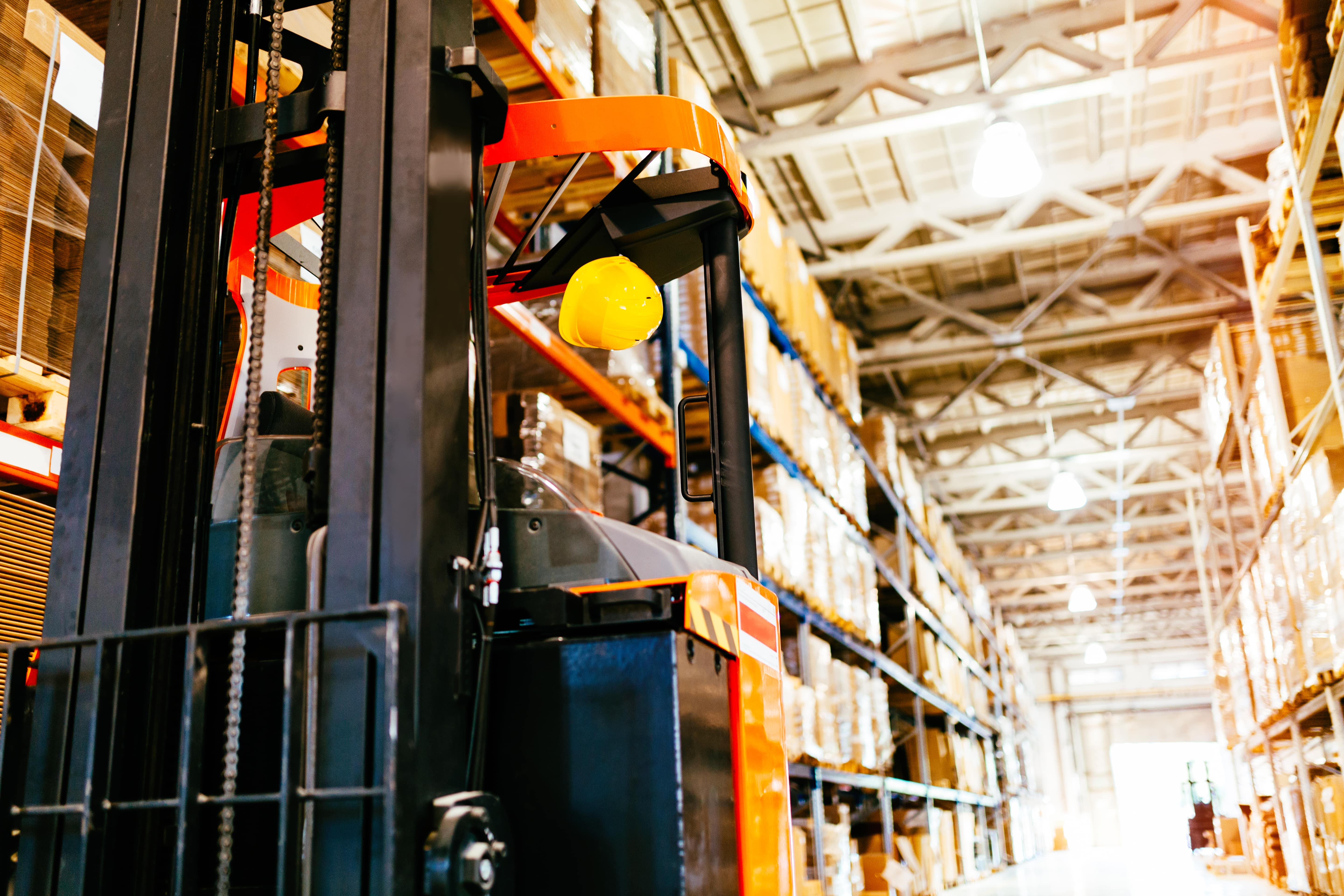Gartner Speaker Insights: Achieving Next-Generation Productivity in Supply Chains The 2024 Gartner Supply Chain Symposium offered profound insights into the future of

The 2024 Gartner Supply Chain Symposium offered profound insights into the future of supply chain management. This session explored how to redefine the value of supply chains to achieve next-generation productivity. Here are some of our key takeaways from the presentation.
The value of supply chains has traditionally been defined by efficiency and productivity. Efficiency focuses on decreasing the unit cost of output, while productivity increases output using the same inputs. However, the session emphasized that true value in the future will be achieved by combining both efficiency and productivity to reach next-generation productivity.
Next-generation productivity involves increasing the unit of output while decreasing the cost. This is the opportunity ahead for supply chains—a chance to innovate and sustain growth. One example is the evolution of the music industry, where the technological advancements - from vinyl to streaming - have increased output and decreased cost, transforming the entire sector. Similarly, supply chains must think differently about their assets and leverage both tangible and intangible assets to create new economic value.
While tangible assets like software, warehouses, and equipment are essential, focusing on intangible assets can amplify their value. Intangible assets such as culture, data algorithms, risk measures, and cybersecurity are crucial for driving new economic value. The session highlighted three areas where supply chains can leverage intangible assets:
1. Human Economic Value
Scarcity and rapid technological advancements demand new skills and intensified talent competition. To achieve next-generation productivity, supply chains must adopt agile talent models that drive stronger employee engagement and retention. Key strategies include:
2. Digital Economic Value
The abundance of data requires better utilization to drive decision-making and visibility. High performers invest in:
General Mills is an example of a company that achieved significant automation across its supply chain by focusing on building a strong data foundation and engaging employees in their digital transformation journey.
3. Resource Economic Value
Resource constraints require innovative approaches to product development and sustainability. Strategies include:
Cisco, for example, embedded sustainability into its new product design by engaging the ecosystem and conducting thorough assessments of material and supply chain designs.
The session at the 2024 Gartner Supply Chain Symposium emphasized the need to redefine the value of supply chains to achieve next-generation productivity. By focusing on human, digital, and resource economic value, supply chains professionals can drive sustainable growth and innovation – unlocking new opportunities and driving significant value for your organizations.
TADA is a Supply Chain Ultimate Command & Control platform that enables businesses to navigate the complexities of their operations and deliver real improvements to cost, cash, carbon, and revenue. Powered by its proprietary, AI-enabled Digital Twin technology, TADA’s solutions offer the best time-to-value in the industry, providing real-time visibility, multi-enterprise collaboration and orchestration, actionable insights, and scenario planning capabilities that empower businesses to act with clarity, optimize operations, and better serve the world's needs. For more information, visit: [https://www.tadanow.com/]
Test your own scenarios with TADA’s Clean TO! Build and see the impact in minutes.
Try TADA Clean TO! Build
Test your own scenarios with TADA’s RM Inventory Manager and see the impact in minutes.
Try RM Inventory Manager

Use TADA’s Tariff Manager to model costs, build agility, and protect margins.
Try the Tariff Manager
Test your own scenarios with TADA’s Tariff Manager and see the impact in minutes.
Try the Tariff Managerest your own scenarios with TADA’s RM Inventory! Manager and see the impact in minutes.
TRY RM Inventory! Manager